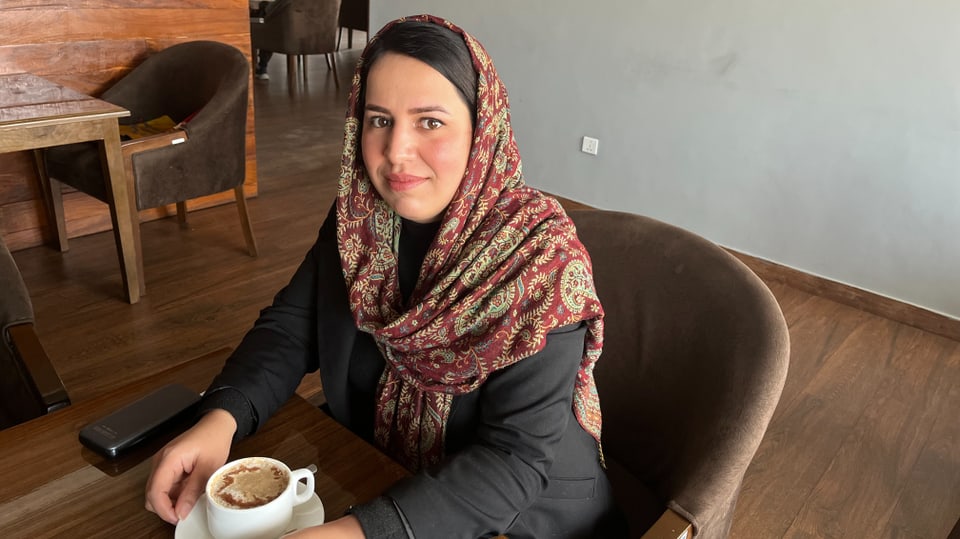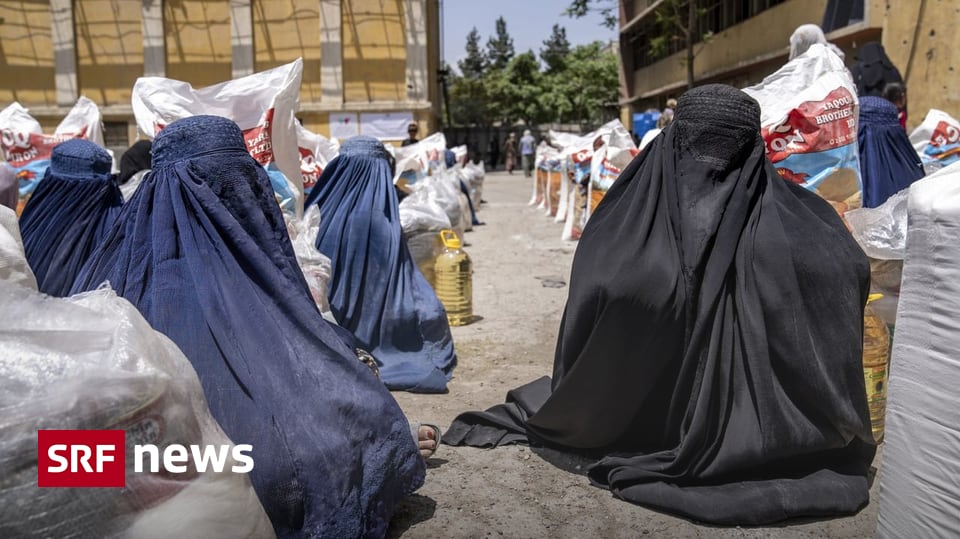The Taliban’s ban on women working drove NGOs out of the country. The situation is more dramatic than ever.
Visit the company’s canteen in the heart of Kabul. It is a safe place to meet Afghan women like Tamana for a coffee. The young economist works for a large international aid organization.
But since the Taliban banned her work six months ago, she has been forced to stay at home. If she leaves the house, as today, her husband must accompany her.
On Dec. 24, she received an email saying all employees should stay home, Tamanna says. Justifying the Islamic Emirate: Women did not follow the Islamic dress code. We were shocked.” Since the ban, Tamanna has been trying to do her work from home as hard as she can.
Confidence fades
Her team helps rural Afghan women become self-employed with the help of small loans. Tamanna says doing this work from home is almost impossible. “If we’re not with women, we can’t monitor what they’re doing and we can’t help.” You can only keep in touch by phone – if at all.
When she met Tamanna this past February, she was confident she would soon be able to return to work, albeit under stricter gender-segregated requirements. Since then, she says in a phone conversation, her hope has waned.
Growing desperation is also spreading among NGOs, such as the Swiss aid organization Care International. Initially, the Taliban allowed women in NGOs to continue working, at least in the health and education sectors, says Care spokeswoman Melissa Cornet. But now there are – if any – only local exceptions.

legend:
Tamanna works for a large international aid organization.
Zafg
95 percent of the population is below the poverty line
This indeed has serious consequences for the work of NGOs. At Care, for example, 40% of the staff are women. Cornet asserts that their male colleagues simply cannot take over their work.
Because three-quarters of the aid recipients are women and their children. “In Afghanistan, it is not socially acceptable for a male NGO worker to work with girls and women he does not know.”
We only have 15 percent of the money we need for humanitarian assistance.
The victims are the Afghans. According to UN estimates, 95% of the 40 million people already live below the poverty line and do not have enough to eat. “There are counties just one step away from famine,” says a CARE spokeswoman.
Funders withdraw
But the worst thing of all is that as a result of the ban on women working, donors are increasingly withdrawing from Afghanistan now at all times. “We only have 15 percent of the money we need to ensure humanitarian assistance,” Cornet complains.
As a result, international aid organizations have had to cancel projects, and many local aid organizations have already ceased operations entirely due to a lack of funding. Tamana, who works for an NGO, is also afraid that her project may soon stop.
The Taliban don’t seem to care. According to aid organizations, there is still no indication that they are softening their tough stance on women. Even if the country is sliding more and more toward a humanitarian catastrophe.

“Typical entrepreneur. Lifelong beer expert. Hipster-friendly internet buff. Analyst. Social media enthusiast.”







More Stories
A boy finds a rare Lego octopus from a container that fell into the sea in 1997
SRF News Contest of the Week – News
Temperature and humidity: Kachelman explains the phenomenon